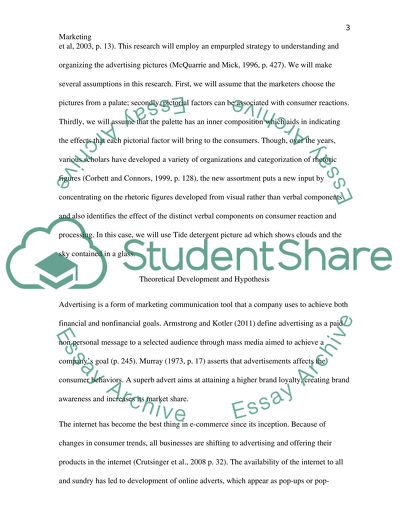Cite this document
(“The Impact of Advertising on Consumer Behavior Dissertation”, n.d.)
Retrieved from https://studentshare.org/marketing/1399647-business-research-methodresearch-proposalthe
Retrieved from https://studentshare.org/marketing/1399647-business-research-methodresearch-proposalthe
(The Impact of Advertising on Consumer Behavior Dissertation)
https://studentshare.org/marketing/1399647-business-research-methodresearch-proposalthe.
https://studentshare.org/marketing/1399647-business-research-methodresearch-proposalthe.
“The Impact of Advertising on Consumer Behavior Dissertation”, n.d. https://studentshare.org/marketing/1399647-business-research-methodresearch-proposalthe.


